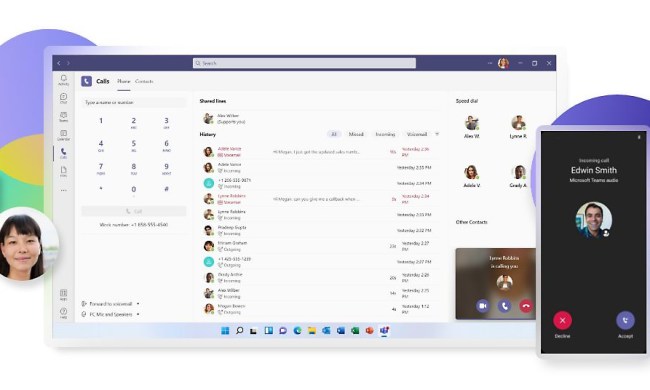Software juggernaut Microsoft announced today that it has sent Microsoft Office 2007 for Windows to manufacturing, ending the large Office beta release and testing program the company has ever undertaken. Business customers and volume licensees will be able to set hands on Office 2007 beginning November 30, 2006—the same date those customers will be able to obtain Windows Vista and Exchange Server 2007. Everyday consumers will have to wait until January, 2007, to purchase either Windows Vista or Office 2007.
“We’ve crossed the development finish line, and the team deserves to celebrate,” said Jeff Raikes, president of the Microsoft Business Division. “The 2007 Microsoft Office system RTM completes the most significant improvements to the products in more than a decade. It’s rewarding to be able to send this release off to our customers and help them take the next big leap forward in productivity.”
According to the company, more than 3.5 million people downloaded the second beta release of Office 2007.
Microsoft plans a series of new tools and Office trials to promote the new release, including downloadable product trials via Office Online beginning December 1, 2006 (these are in addition to the Office Test Drive already available), plus 35 new demos, 24 new online training courses, 400 new downloadable doocument templates, and some 50,000 new help articles. Microsoft has posted a complete product guide to Office 2007, along with a summary of new features; however, in true Microsoft fashion, you may need to be using Internet Explorer to view them.
Microsoft plans to office Home and Student and Professional editions of Office 2007, as well as upgrades to the Professional version; pricing information has not been announced.


